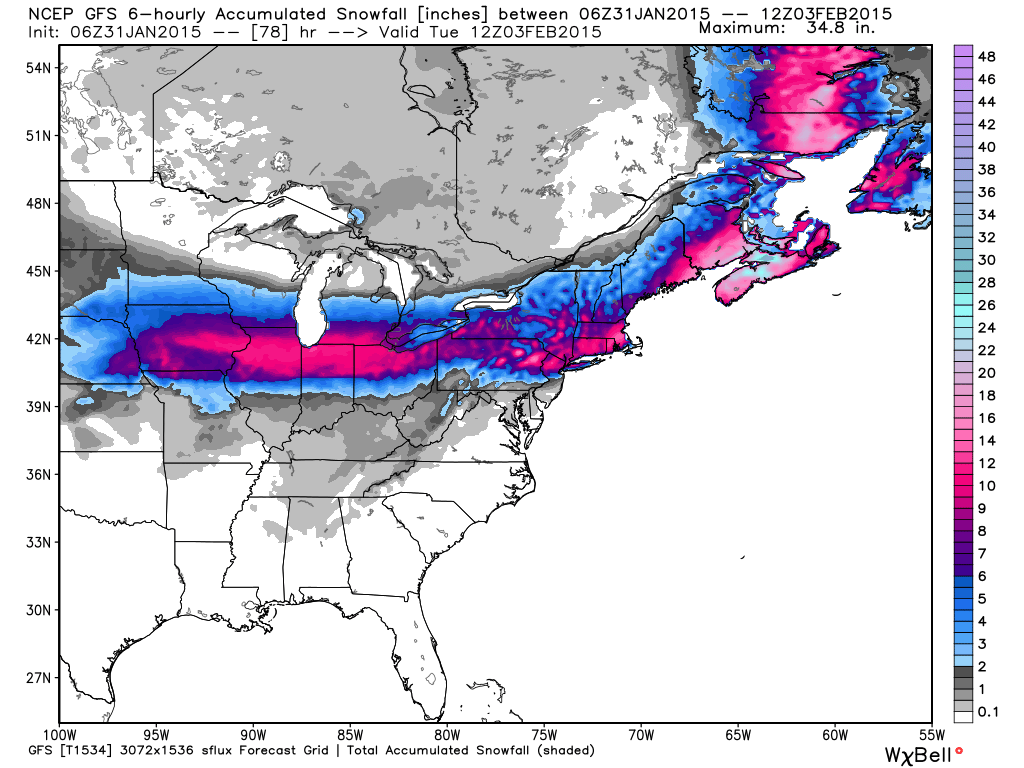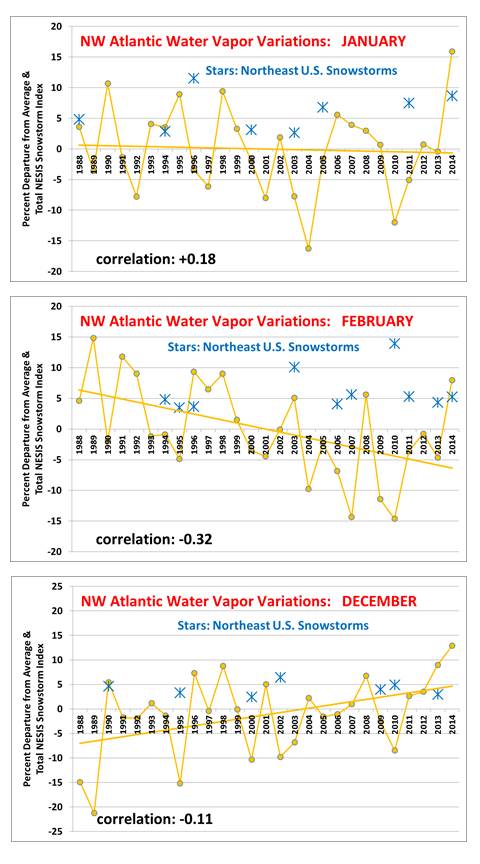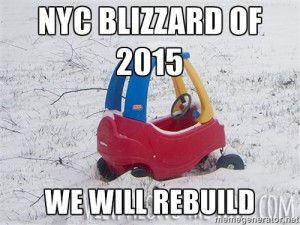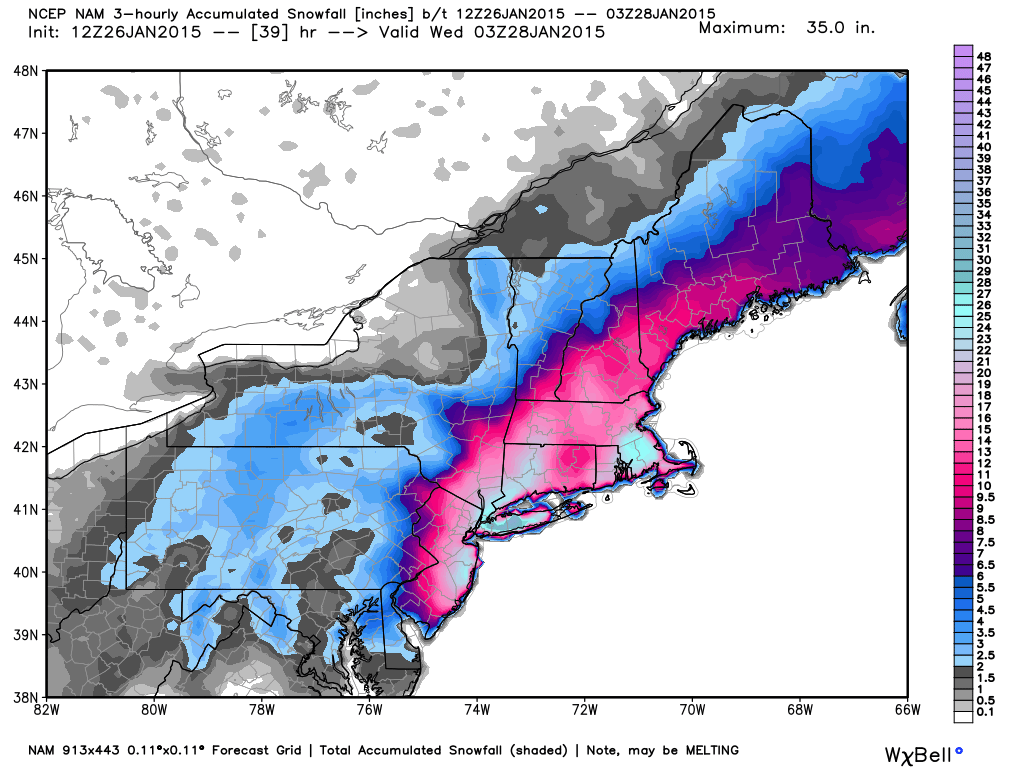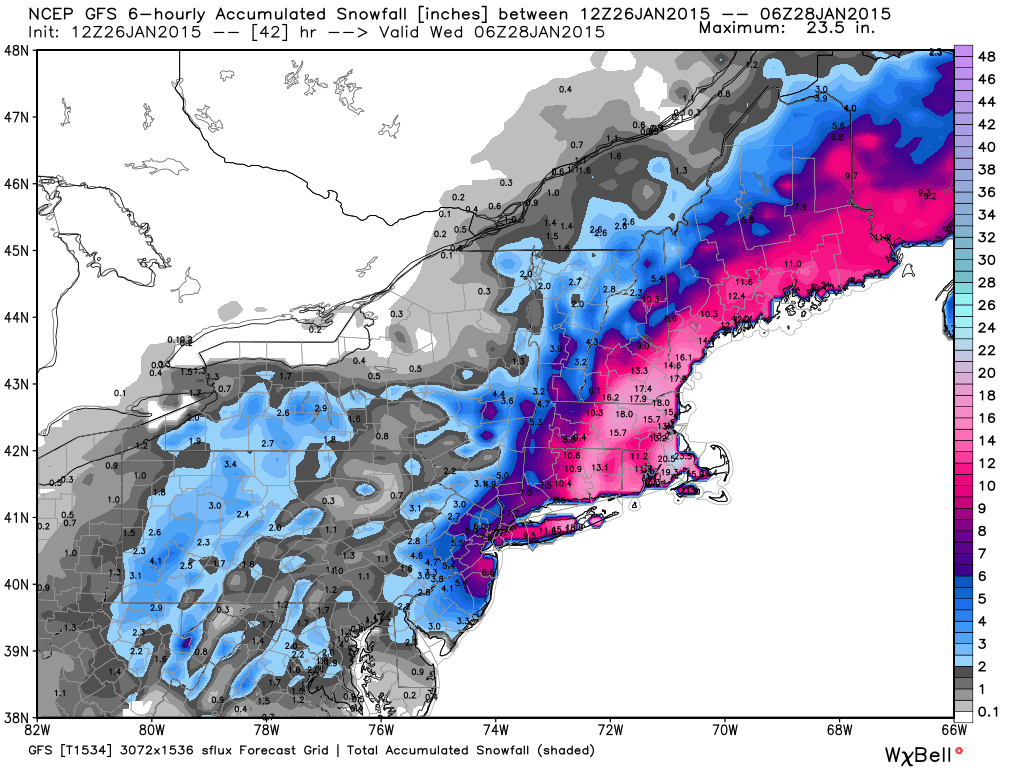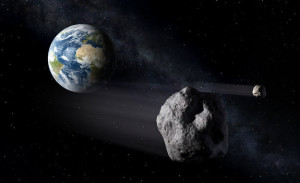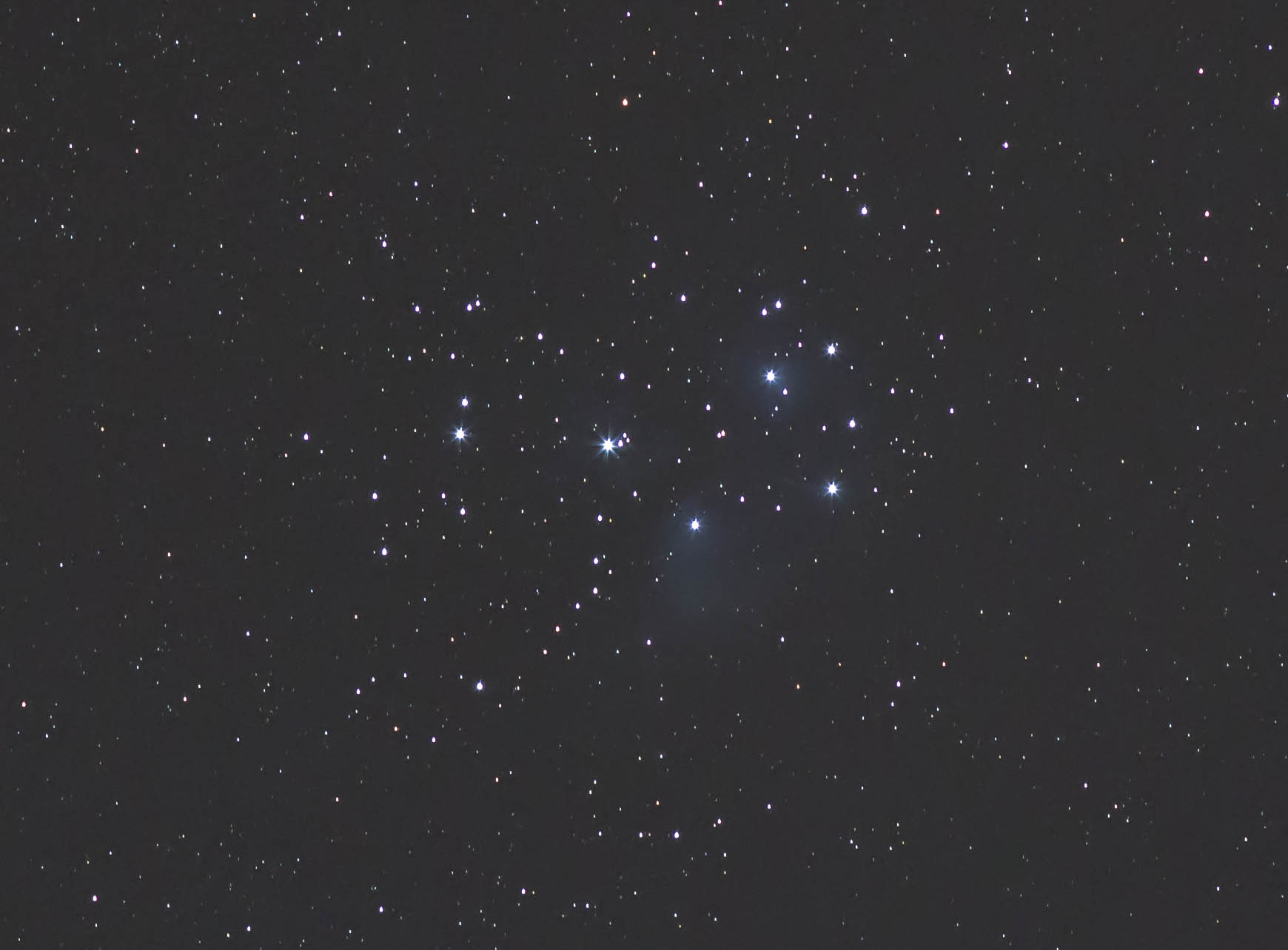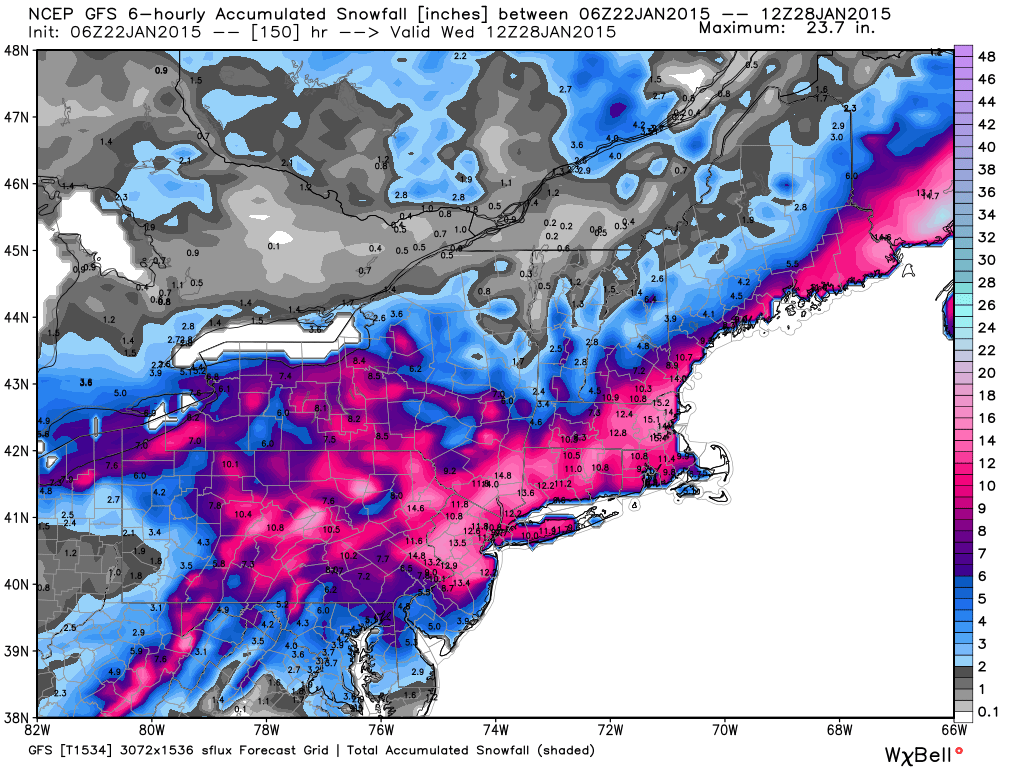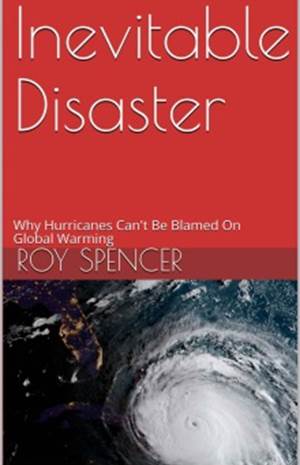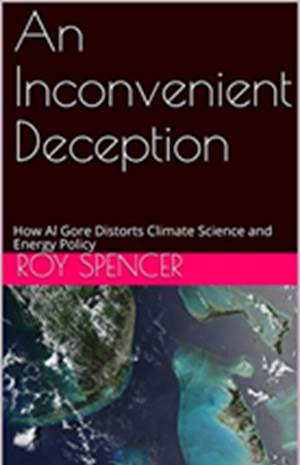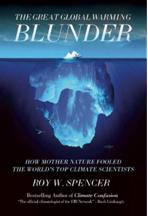 No, I’m not talking about how the climate system has helped dummies make money off it.
No, I’m not talking about how the climate system has helped dummies make money off it.
I’m taking the occasion of continued pestering by our Aussie friend Doug Cotton, and questions I still get about his views, to go over the basics.
The atmosphere is complex enough that, from time-to-time, I try to explain the average operation of the climate system in as simple terms as I can muster. It’s actually quite difficult to simplify it.
I’m going to make some broad generalizations here, and my statements should be accurate to at least the 90% level. Maybe even 97% 😉 What follows is for the “global average” climate system.
The source of energy for the climate system is the sun, primarily in the form of visible sunlight.
About 30% of the sunlight which reaches the Earth is reflected back to space, and most of the rest is absorbed by the land surface and the upper 10 meters or so of the ocean.
The absorbed sunlight would cause the temperature of the land, ocean, and atmosphere to eventually increase without bound unless there were ways to lose the accumulated energy. The most important energy loss mechanism for the climate system as a whole is infrared (IR) radiation (yes, Doug, IR is also “electromagnetic radiation”, as is visible sunlight), which is how the Earth as a whole maintains energy balance and an approximate constant temperature: the total sunlight absorbed by the Earth equals the total IR energy emitted out to space by the Earth. Here “Earth” means the earth-atmosphere system.
Since the rate at which the Earth emits IR radiation goes up as the 4th power of the absolute temperature (measured in Kelvins), this provides the ultimate stabilizing mechanism for the temperature of the climate system. (There can be no “runaway greenhouse effect”. Even Venus has a stable temperature.) In crude terms, the sun warms the climate system up until it emits IR energy to space at the same rate it absorbs solar energy.
Anything that changes the balance between energy input and energy output of the Earth has the potential to change its temperature. This “energy-balance-determines-temperature” concept is basic physics, and is fundamental to the calculation of the temperature (or change in temperature) of anything, and is accounted for in the design of most energy-consuming devices humans have invented.
So, if clouds change, the temperature can change. Or, if the amount of IR-emitting and IR-absorbing gases in the atmosphere (primarily water vapor and CO2) change, the temperature can change. Anything that changes the rates of energy gain or energy loss can change global temperatures.
Now, a good portion of the solar energy that warms the surface causes convective air currents, which transport heat upward (not downward, as Doug claims), which then warms the troposphere. Evaporation of surface water is a major portion of this process: evaporated water at the surface absorbs the “latent heat of evaporation”, which is then released to the atmosphere when the water condenses into clouds and precipitation. This is what drives most clouds, all precipitation systems, thunderstorms, hurricanes, etc. They all convectively transfer heat from the surface to the atmosphere (not from the atmosphere to the surface)
Importantly, with this convective energy input into the atmosphere (and some direct sunlight absorption by the atmosphere), the atmosphere (specifically, the middle and upper troposphere) must have some way of losing this energy, or its temperature would also increase without bound. This cooling mechanism is accomplished by IR emission to outer space by those “greenhouse gases” in the atmosphere I mentioned earlier.
But those gases don’t just emit IR radiation upward to outer space, they also emit downward, reducing the net IR cooling rate of the lower atmosphere and surface. (Sideways emission and absorption are almost exactly the same locally, and are the same in the global average, so are ignored). The net result of all of this up- and down-welling IR radiation is that greenhouse gases make the upper atmosphere cooler, and the lower atmosphere warmer, than they would otherwise be without those greenhouse gases. This was first demonstrated by Manabe and Strickler 50 years ago (a nice summary of their model is here).
I have often used the analogy of a blanket over your warm body. A blanket keeps the warm side warmer, and the cool side cooler, than if the blanket was not there. Yes, I know, a blanket primarily works by conduction, but in terms of energy transfer in general, the concept of the atmosphere as a “radiative blanket” is the same. (Real radiative blankets really are used in the design of some instruments flying on satellites, to help keep them from getting too cold when they are not in the sunlight.)
Not to belabor the point, but this is really important, and some people are creating confusion with their misinformation. The rate of energy input alone does not determine the temperature of an object, (Doug). If you can insulate the object sufficiently, you can elevate its temperature arbitrarily high with relatively little energy input. All you have to do is prevent it from losing energy as fast. Temperature is determined by rates of energy gain and energy loss.
Due to greenhouse gases, the rate at which a layer of the atmosphere absorbs IR is relatively independent of its temperature; but the rate at which it loses IR is very dependent on temperature. Thus, layers of the atmosphere are, in general, not emitting IR at the same rate they are absorbing IR.
If not for the emission and absorption of thermal IR by different layers of the atmosphere, we would not have the IR temperature sounders on satellites that provide atmospheric temperature structure data on a global basis that have greatly improved daily weather forecasting. Nor would John Christy and I be able to monitor the temperature of different layers of the atmosphere due to the (extremely weak) thermal microwave emission by oxygen in the atmosphere.
In fact, without the greenhouse effect cooling the upper troposphere and warming the lower troposphere, the atmosphere would not become convectively unstable, and weather as we know it would cease. Sunlight and IR radiation transfers, by themselves, “try” to make the troposphere very unstable to convection, and it is the resulting convective overturning that makes the tropospheric lapse rate somewhere between the dry adiabatic value (9.8 deg C/km) and moist adiabatic (~6 to ~9 deg. C/km).
This is key: without IR absorption and emission by the atmosphere, surface heating by the sun would eventually warm the atmosphere to the same temperature as the surface, and such an “isothermal” atmosphere cannot support convection. The observed tropospheric temperature profile (warm below and cool above) is mostly the result of convective overturning, responding to constant destabilization by surface heating combined with middle- and upper-tropospheric IR cooling to outer space.
Yes, gravity is important to the whole process – but not in the simplistic way a few people think. Gravity is indeed a necessary part of determining what the dry convective lapse rate is, but that lapse rate only occurs in response to convective overturning, which in turn requires the greenhouse effect to destabilize the atmosphere in the first place.
The equations representing all of these physics can be put into a time-dependent one-dimensional model (we and many others have done this) that computes temperature changes at hundreds of different levels throughout the atmosphere. You can initialize the model at absolute zero temperature, or 1,000 Kelvin, it doesn’t matter…the resulting equilibrium temperature profile the model settles down to when it is run looks almost identical to the observed temperature profile.
Until someone does the same time-dependent modeling with their “alternative” physics (which are supported by laboratory measurements, as are [for example] the IR absorption properties of various gases), their hand-waving about gravity explaining lower atmospheric temperatures should be taken by non-specialists with a huge grain of salt. Specialists already ignore it entirely.
I realize the above explanation is too technical for some. But the atmosphere is an amazingly complex place, and atmospheric radiative transfer isn’t easy to grasp with intuition alone. I’ve been down the road of questioning the standard explanation of the “greenhouse effect”, and convinced myself it is, indeed, real.
But whether our ~1% enhancement of the natural greenhouse effect after 100 years of burning fossil fuels will cause enough warming to worry about is another matter entirely.

 Home/Blog
Home/Blog